This is a popular article made in collaboration with Tecnológico de Monterrey’s Writing Lab.
“3D technologies facilitate the learning of mathematical concepts by expanding the senses of touch and sight.”
Mathematics is everywhere, literally all around us. We use it in many different and unexpected ways, from gambling and betting with probability and statistics to modeling the evolution of the universe with Einstein’s field equations of gravitation. In particular, space geometry is involved in many of these uses of mathematics, perhaps in many ways you would have never imagined: magnetic resonance imaging; maps of the Earth, moon and much farther celestial objects; movie graphics; space shuttle and automobile designs; video games; plastic surgery; construction; medicine, and many more. It is certainly impressive!
The mental processes behind the development of all these brilliant applications of Mathematics comprise structured thinking, logical reasoning, spatial visualization, and the skill of effectively communicating ideas in a precise mathematical language. These skills are highly valuable in many domains of knowledge, and engineering is not the exception (His, Linn, and Bell, 1997; Sorby, 2009).
Bearing this in mind, we have developed and implemented an innovative educational project to develop these skills in our engineering students. The innovation consists of using three different 3D technological tools in pedagogical activities with project-oriented learning characteristics in multivariable calculus courses. These 3D tools are virtual environments, augmented reality, and 3D printing. The first two were applications developed by a team of professors from several campuses at Tec de Monterrey.
These tools ease the learning process by expanding students’ senses of touch and sight, often limited by the traditional teaching of space geometry, which usually must employ plane representations of three-dimensional objects. Students have contrasted these methodologies, and they truly appreciate the use of the 3D tools in the classroom; these make it easier for them to understand mathematical concepts in depth through a very smooth transition from the second to the third dimension in their minds.
With the virtual environment app, the professors actively interact in real-time with students through mobile devices, guiding the creation, transformation, visualization and analysis of mathematical surfaces in a remote 3D environment. The augmented reality app is very attractive to students; it uses a set of cards to trigger three-dimensional surfaces that can be seen through a mobile device. It has proven to be a highly beneficial resource to develop collaborative work in students.
The inclusion of 3D printing as a third tool achieved integrating the sense of touch into the learning process; it allows students to see and touch what they have in their minds; thus, providing a huge advantage over 3D graphers. The latter, although they make use of perspective and can provide depth perception and the relative size of the object, do not compare with the experience of having real contact with the mathematical object and being able to manipulate the associated mathematical concepts directly. 3D printing not only helps students to develop spatial skills; it also promotes self-engagement and enthusiasm in class. Students learn from the 3D printing process itself, which is not as easy as it might seem; for example, observing a 3D printer while working provides students with a deeper understanding of the concept of level curves through the layers that form the model.
There have been many advancements in this topic; the technological development has triggered the development of spatial visualization skills, and several techniques have been used for this purpose: software tutorials, flash courseware, e-learning modules, e-books, multitouch-screen technology, virtual reality, augmented reality, web 3D, the sketch-up software, colored 3D models, and training websites (Alqahtani, 2017); however, it is noteworthy and interesting that there are still few reports regarding the use of 3D printing in developing spatial skills.
Some of the most recent tools designed for developing spatial skills are: 1) Augmented reality (Gutiérrez, Contero and Alcañiz, 2015), where real objects can be modeled virtually, and students are asked to visualize vertices and edges; in the advanced stage, students are given projections and they create a mental image of the object. 2) Virtual Mental Rotation Training (Alqahtani, 2017), which is a semi-immersive system that allows selecting, rotating, zooming, and navigating with 3D models from six sides; namely, up-down; left-right; forward-back; and pitch, yaw, and roll. It enables users to navigate and manipulate objects in virtual reality environments.
The projects that we have implemented in multivariable calculus courses confront students with the challenge of finding, analyzing, and using 3D printing with a mathematical model. One of the projects conducted by students consisted of modeling a real building and calculating the surface area, the volume, and the coordinates of the centroid, using multiple integrals. We have substituted the building with other three-dimensional objects such as chess figures, perfume containers, and cookie tins, among others. These types of projects engage students and motivate them to achieve meaningful learning of mathematics by watching, touching, and applying to tackle real-world problems. The aim is to propose and implement innovative and optimal solutions.
Results
We collected data from August 2014 to June 2018, including final grades, failure rates, interviews, and surveys applied to students and professors to assess perception and experience in the use of these 3D tools. Our statistical analysis shows a positive impact on the use of these 3D tools to develop spatial visualization skills. Likewise, students and professors are highly attracted by these 3D tools. They have been an inspirational source for instructors in different disciplines, and they have started using them in their classes to teach important concepts. We hope this paper encourages yet more professors to use these technologies in their courses.
Image. Use of 3D printing, augmented reality and remote virtual environments in class.
This article is an adaptation of the research paper, “Developing spatial mathematical skills through 3D tools: augmented reality, virtual environments, and 3D printing,” published by the International Journal on Interactive Design and Manufacturing (IJIDeM). https://doi.org/10.1007/s12008-019-00595-2
References
Alqahtani, A. S. (2017). Semi-immersive virtual reality for improving the mental rotation skill for engineering students: An experimental study. J Comput Eng Inf Technol 6: 4. Doi: 10.4172/2324, 9307, 2.
His, S., Linn, M. C., & Bell, J. E. (1997). The role of spatial reasoning in engineering and the design of spatial instruction. Journal of engineering education, 86(2), 151-158.
Martín-Gutiérrez, J., Contero, M., & Alcañiz, M. (2015). Augmented reality to training spatial skills. Procedia Computer Science, 77, 33-39.
Sorby, S. A. (2009). Educational research in developing 3-D spatial skills for engineering students. International Journal of Science Education, 31(3), 459-480.
About the authors
Linda Margarita Medina Herrera (linda.medina@tec.mx) has a Ph.D. in Mathematics. Dr. Medina has written two textbooks: Integrals’ Marathon and Precalculus Problems. She is the leader of the nationally-and-internationally awarded educational technology projects, “Touching Math: from concepts to reality through 3D tools,” “Newton Gymlab: virtual gym and lab for Physics and Mathematics,” and “AVRAM: Remote Virtual Environments for the Learning of Mathematics.” She is a member of the Spanish Pedagogy Society. At present, she is the Director of the Engineering and Sciences School at Tecnologico de Monterrey, Mexico City Campus and a research professor in the area of Mathematical Models in Finance and Economics. She has 28 years of experience as a university professor.
Saúl Juárez Ordóñez (sauljz@tec.mx) has a Ph.D. in Mathematics. His dissertation was successfully defended in June 2015, producing three research papers in the area of Geometric Topology: “Hyperspaces of Keller compacta and their orbit spaces,” “Hyperspaces of convex bodies of constant width,” and “Orbit spaces of Hilbert manifolds.” At present, Dr. Juárez is a Professor at the Science Department of Tecnologico de Monterrey, Santa Fe Campus, where he teaches Mathematics, Probability, Statistics, and Data Science at the undergraduate level.
Jaime Castro Pérez (jcastrop@tec.mx) has a Ph.D. in Mathematics. He has been a member of the Science Department at Tecnologico de Monterrey, Mexico City Campus since 1991. He currently works as a full-time research professor in the area of noncommutative algebra and has 14 research papers and 4 books published. Dr. Castro is a member of the American Mathematical Society (AMS), the American Mathematical Review (AMR), the Sociedad Matemática Mexicana (SMM), and the Sistema Nacional de Investigadores (SNI), holding a level 1.
About Writing Lab
The Writing Lab is a TecLabs initiative dedicated to the development of the culture of research in educational innovation and the improvement of the academic production of the teaching community at Tecnológico de Monterrey.
Financing and technical support are provided only for Tec de Monterrey’s professors to attend conferences or publish articles in journals.
For more information visit: https://writinglab-tec.com/
Facebook: http://facebook.com/WritingLabTEC
Twitter: @TecWriting
Instagram: instagram.com/writinglabtec/
This article from Observatory of the Institute for the Future of Education may be shared under the terms of the license CC BY-NC-SA 4.0 
)
)
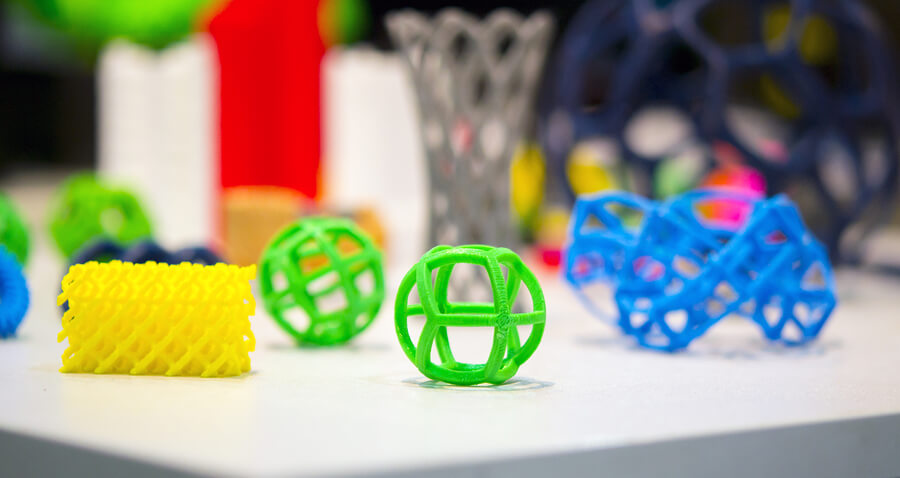


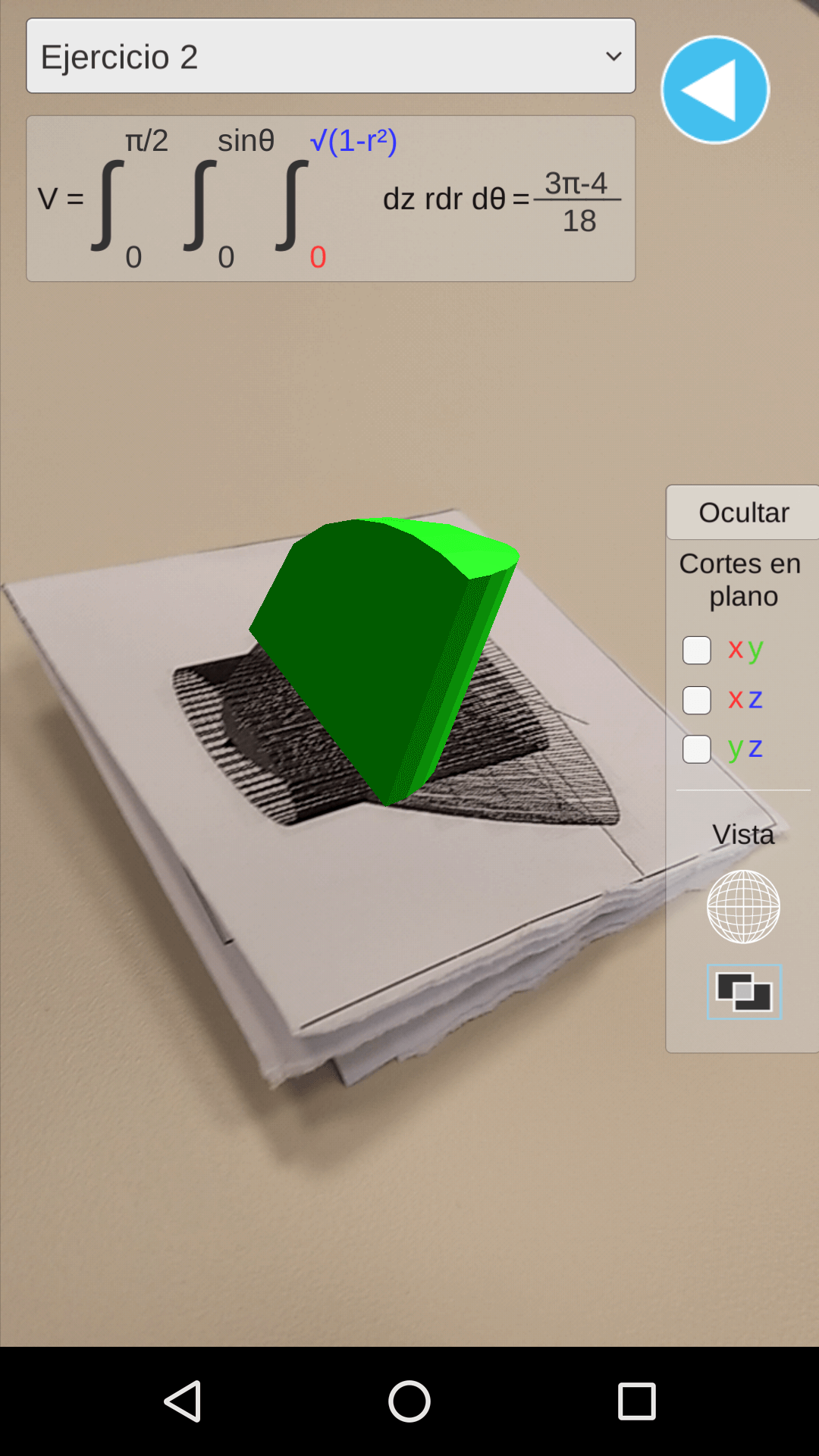


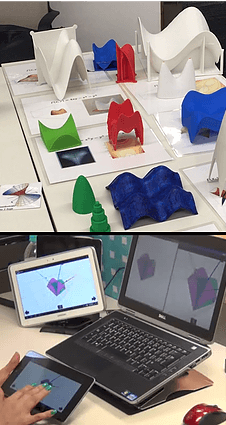
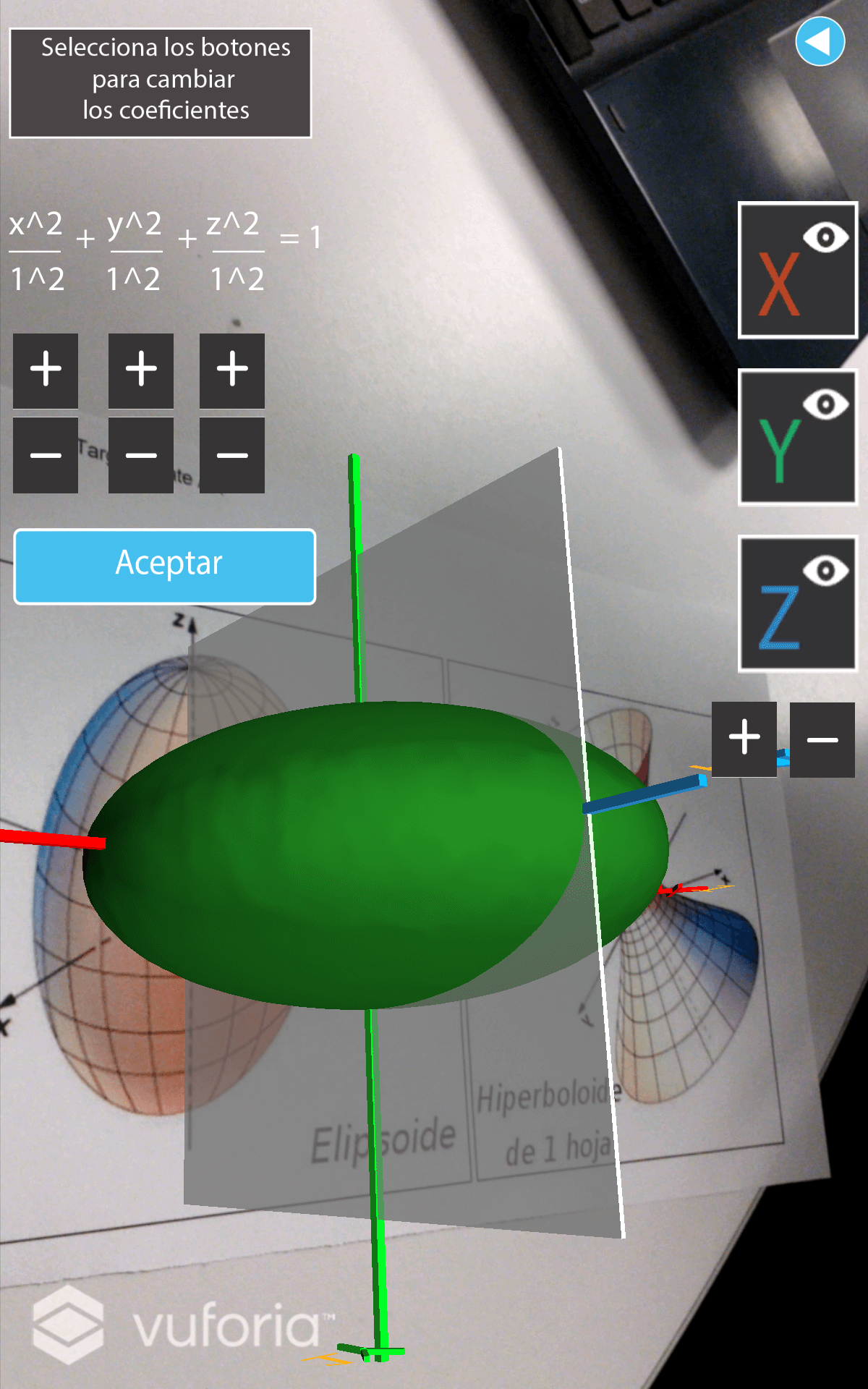
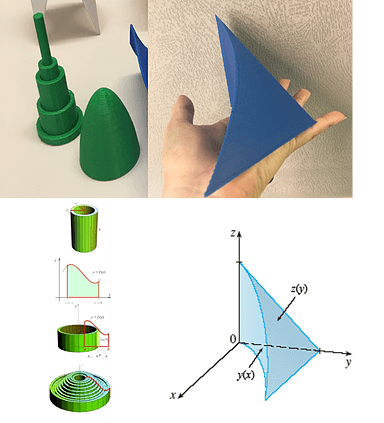
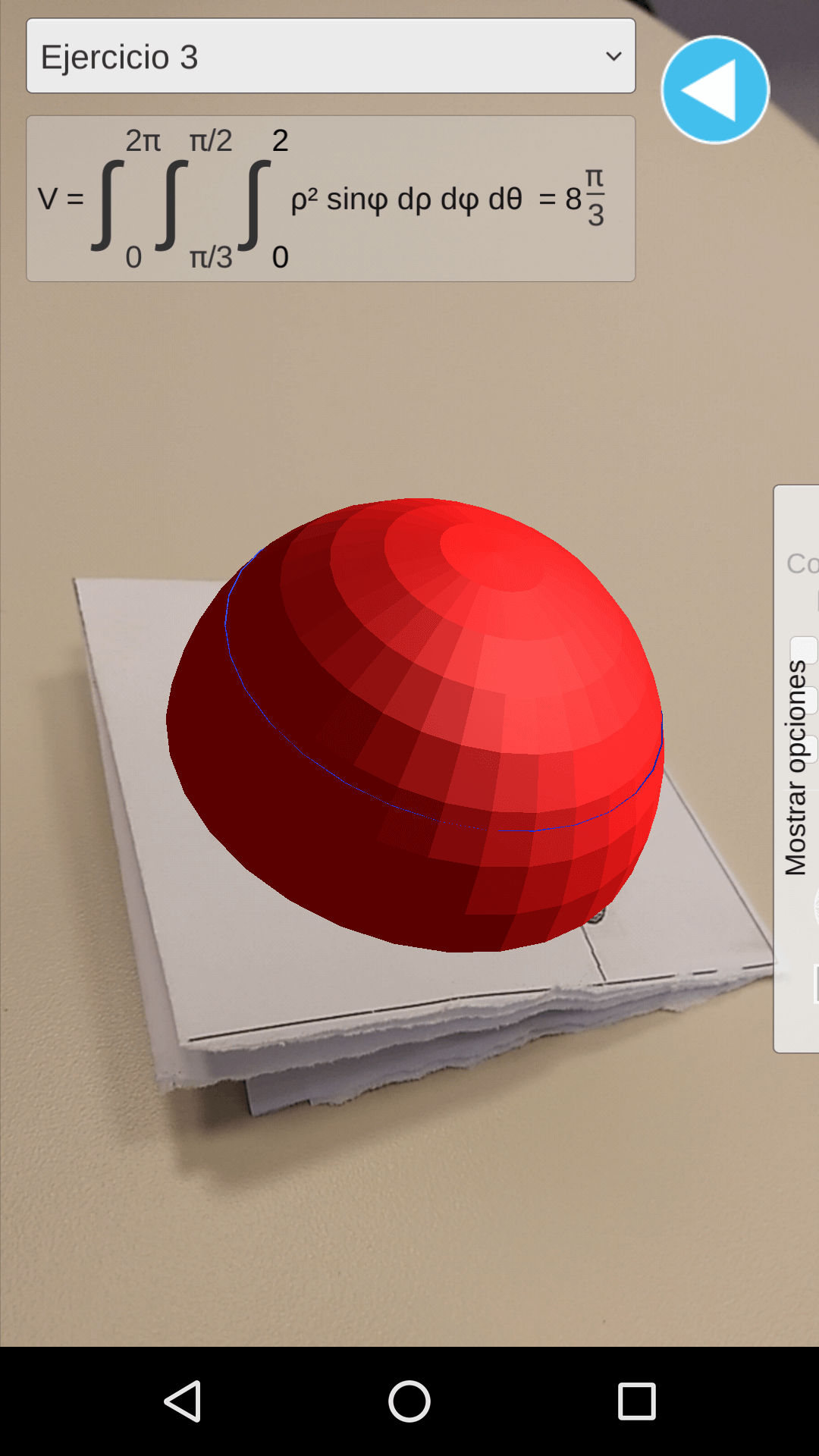




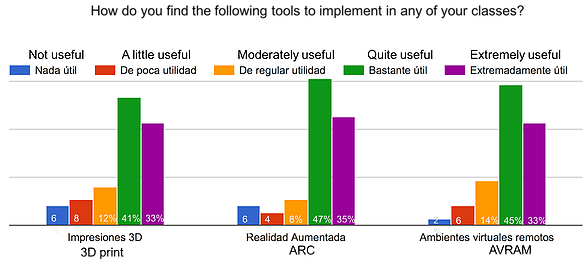
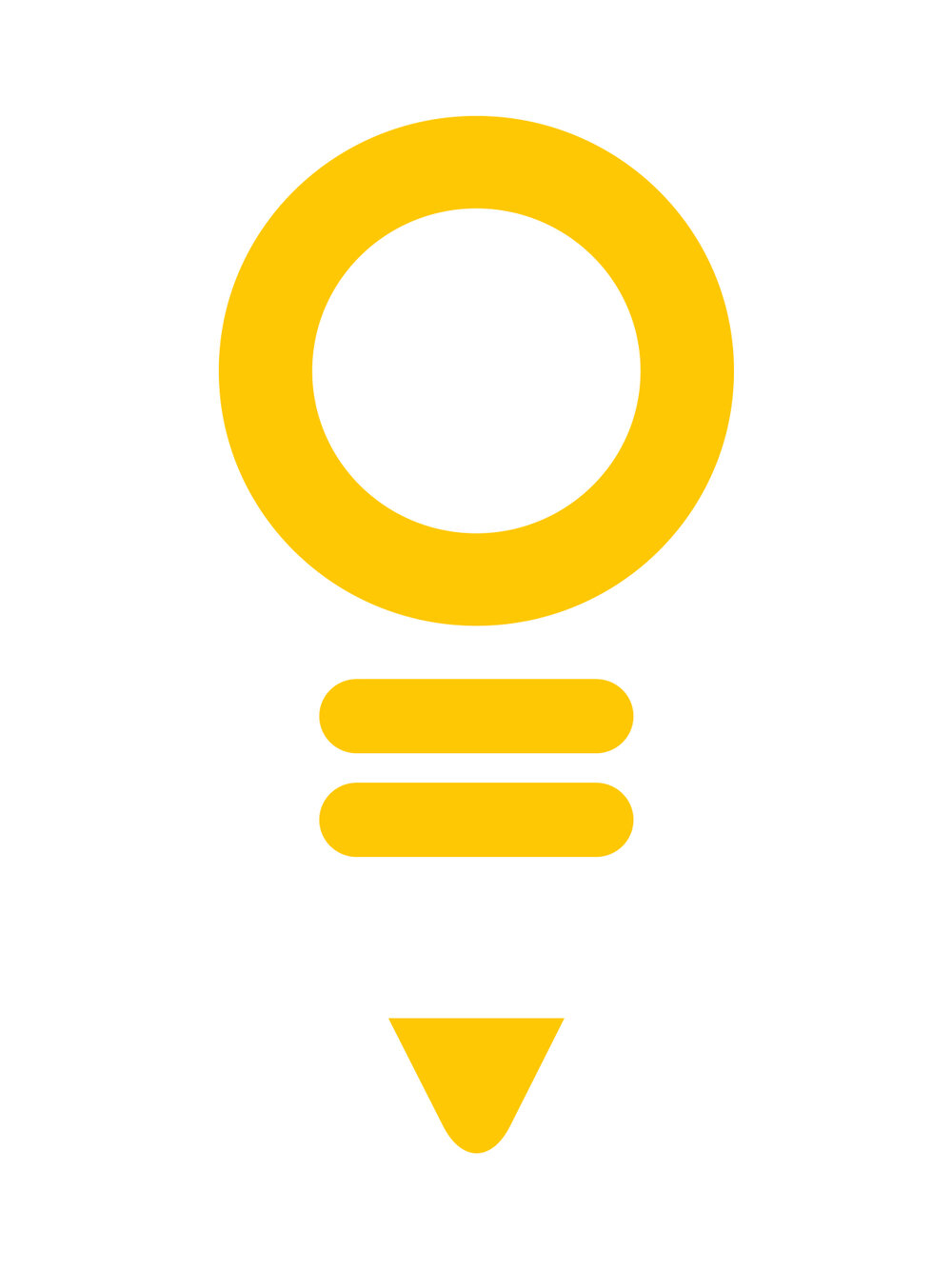



)
Rafael Benítez Medina and Jesús Grajeda Rosas
Rafael Benítez Medina and Jesús Grajeda Rosas
Rafael Benítez Medina and Jesús Grajeda Rosas